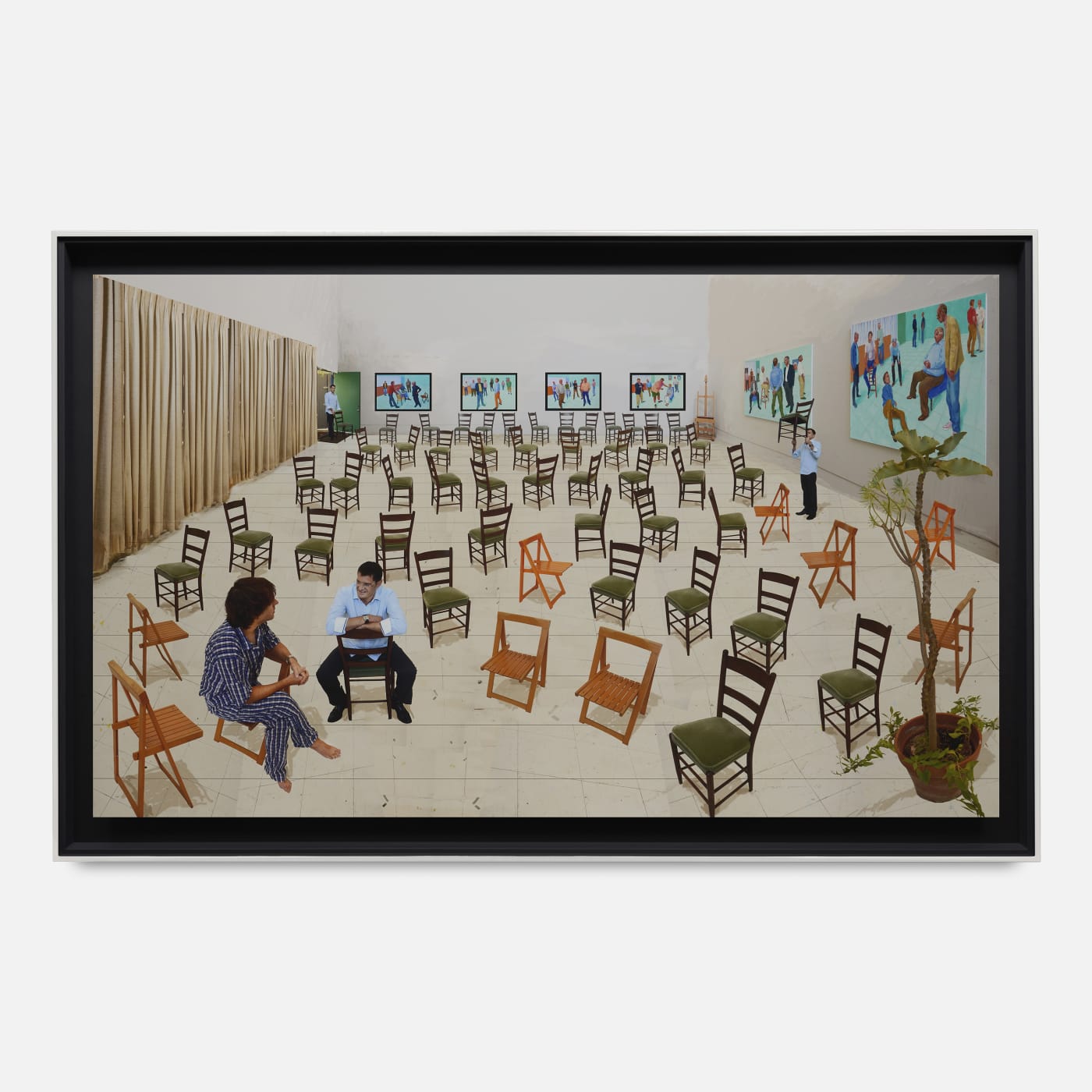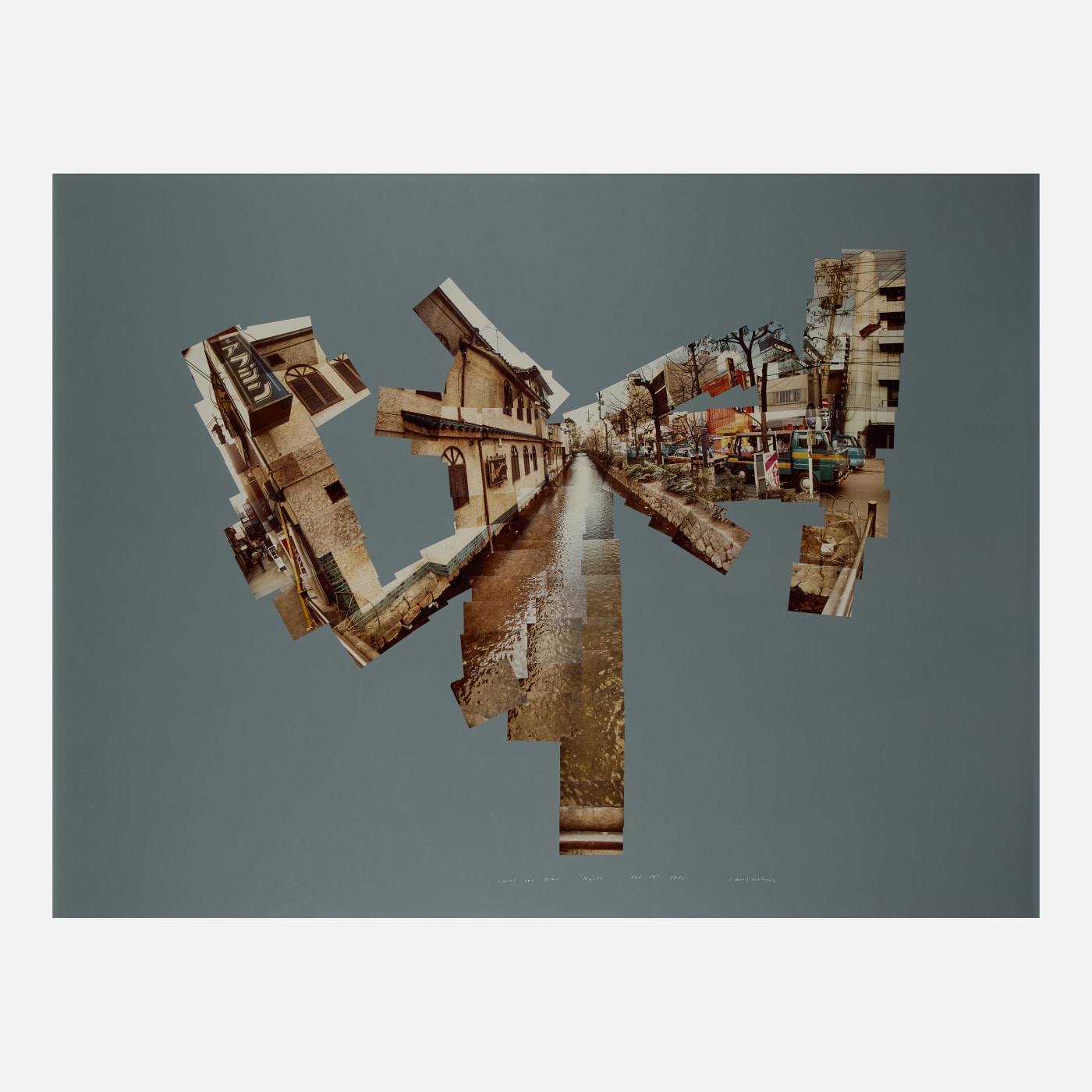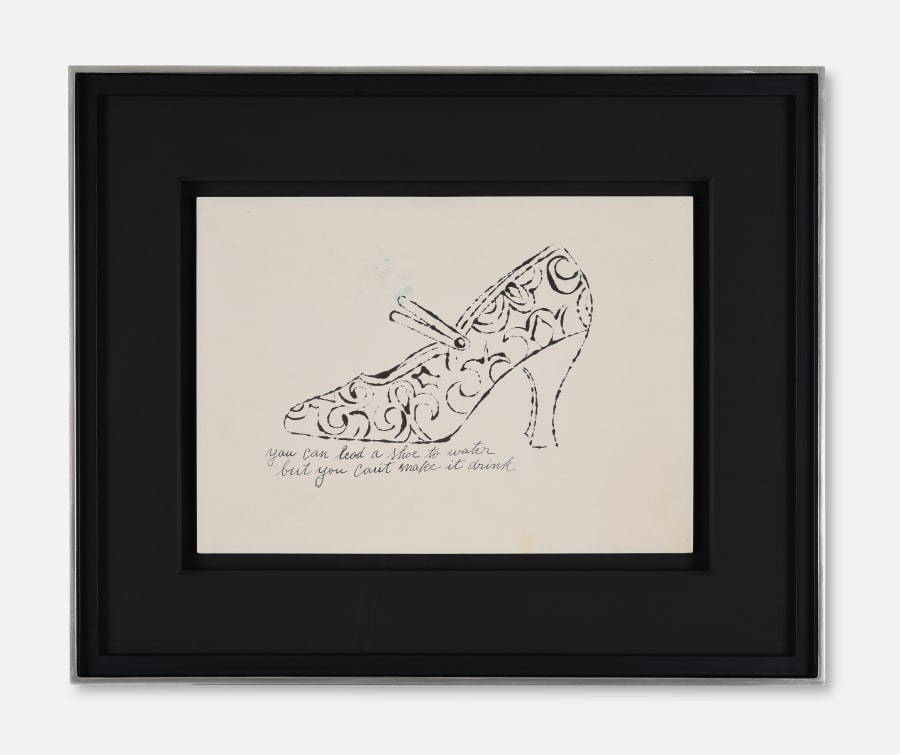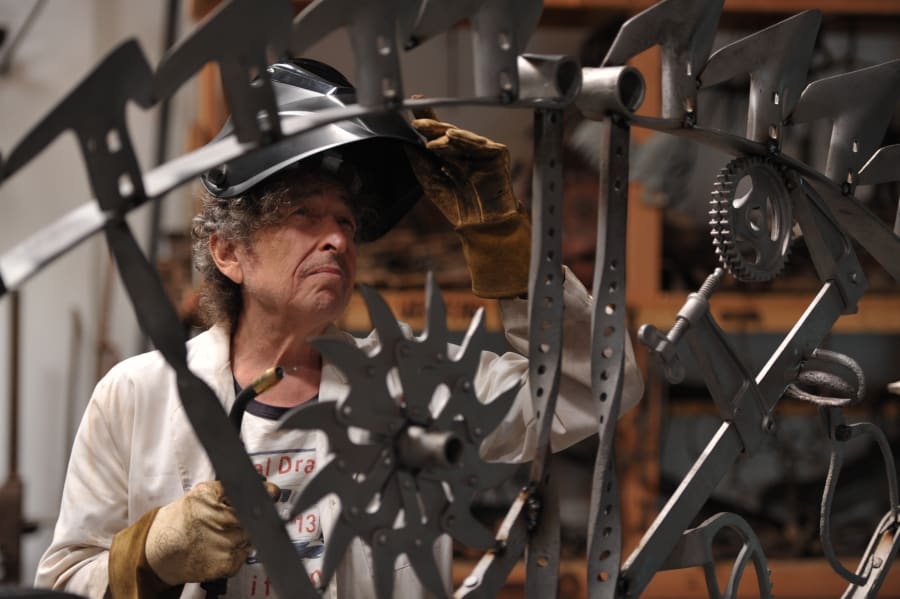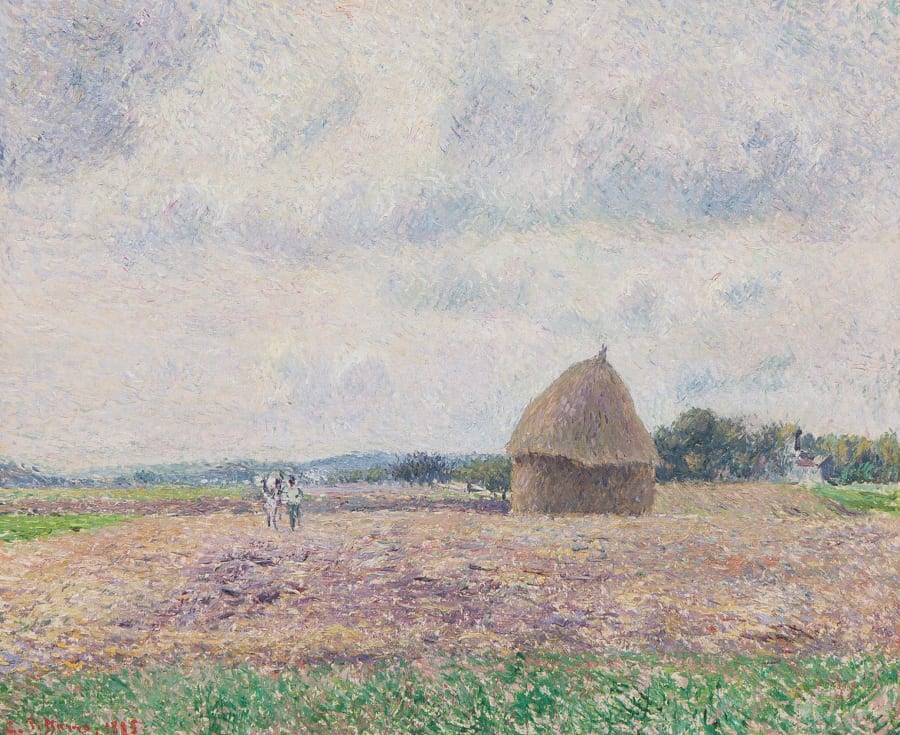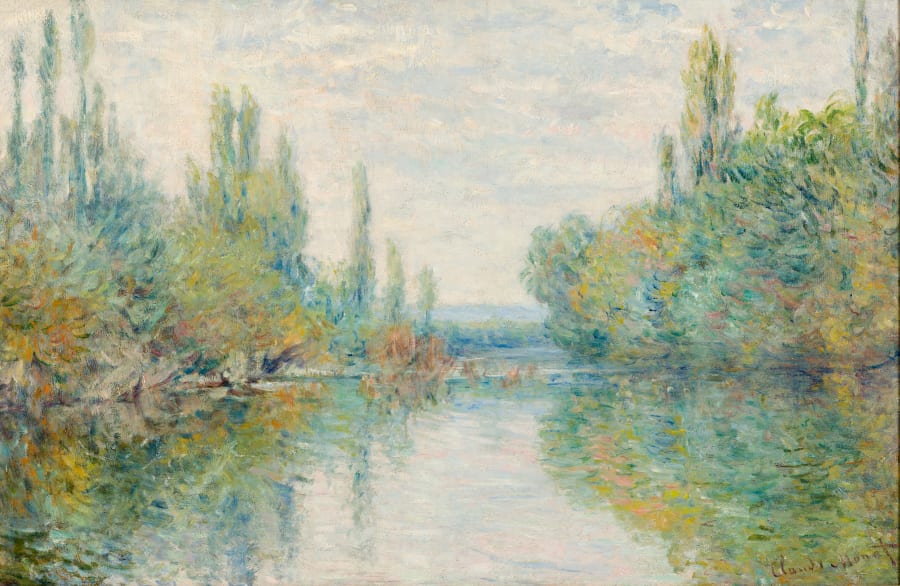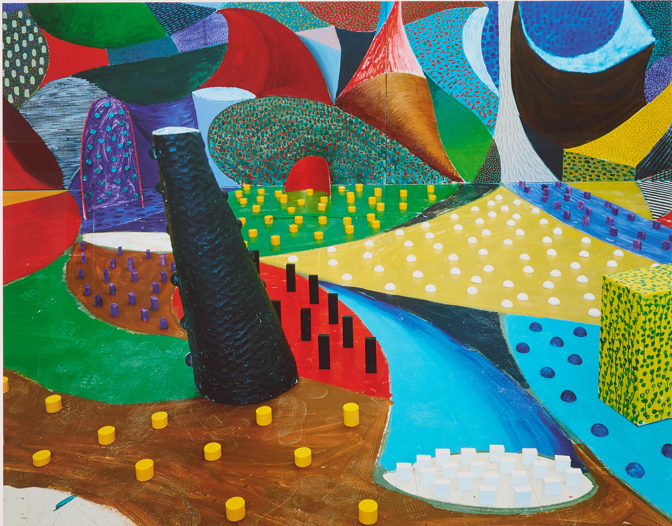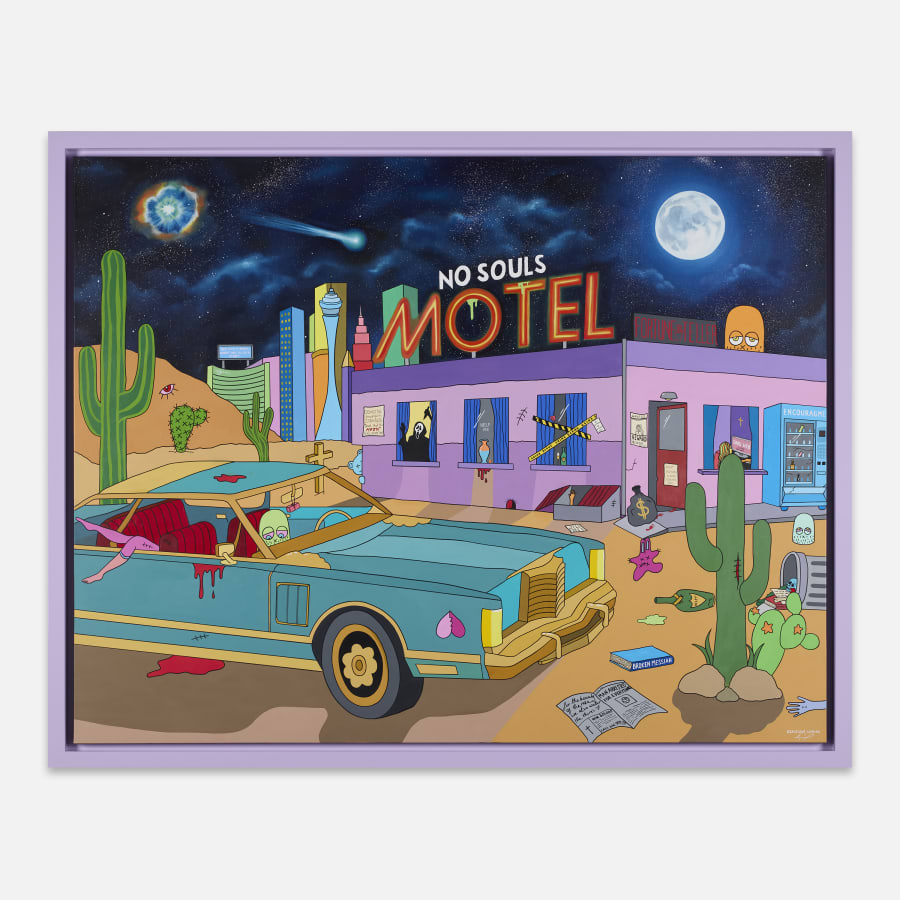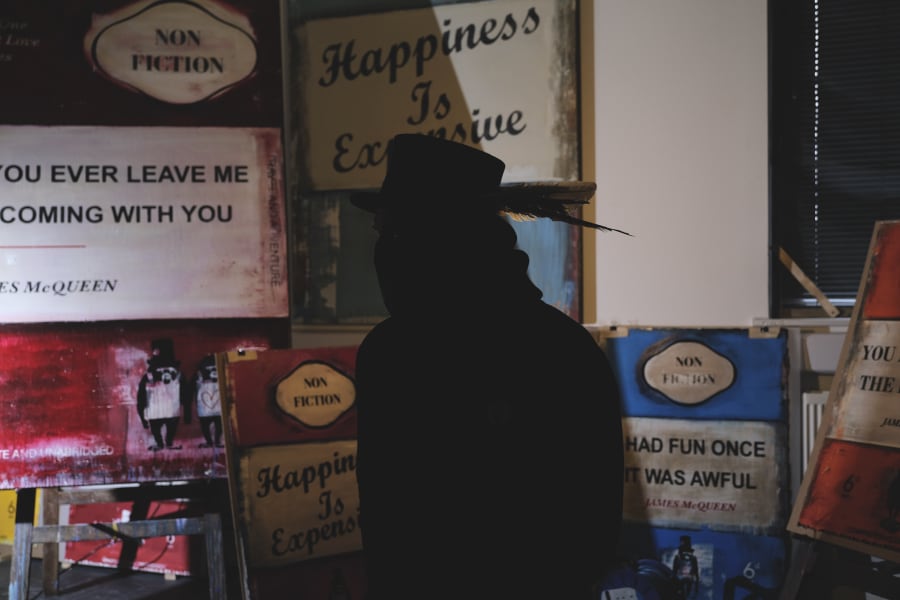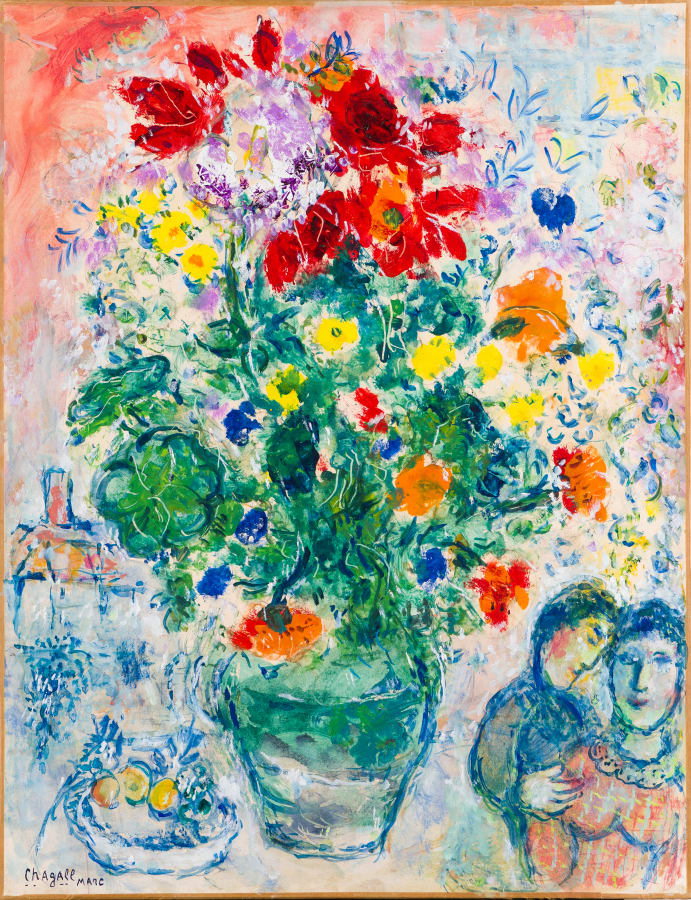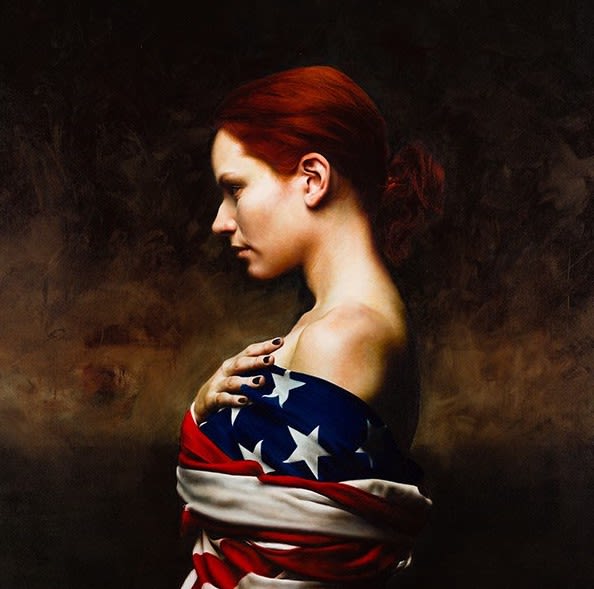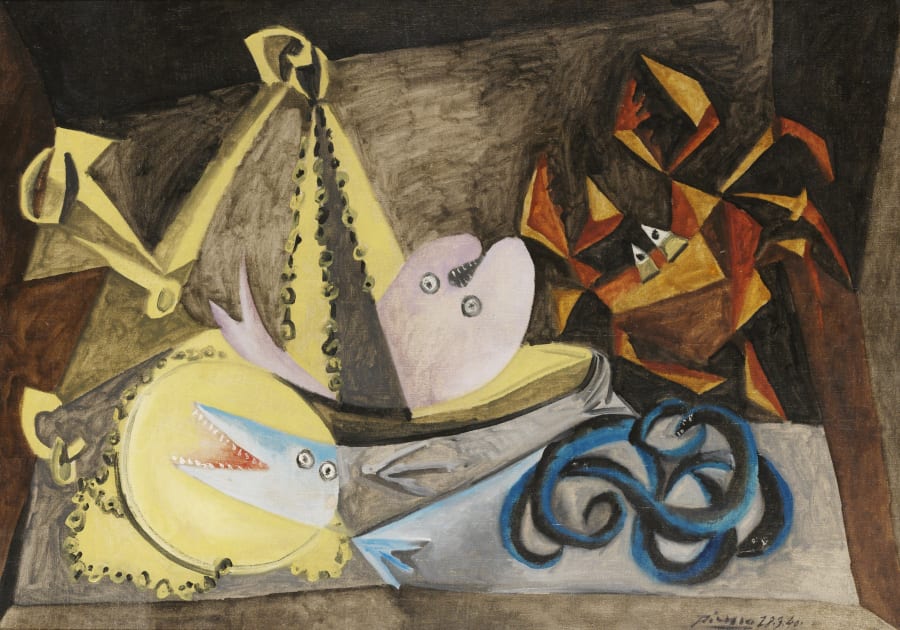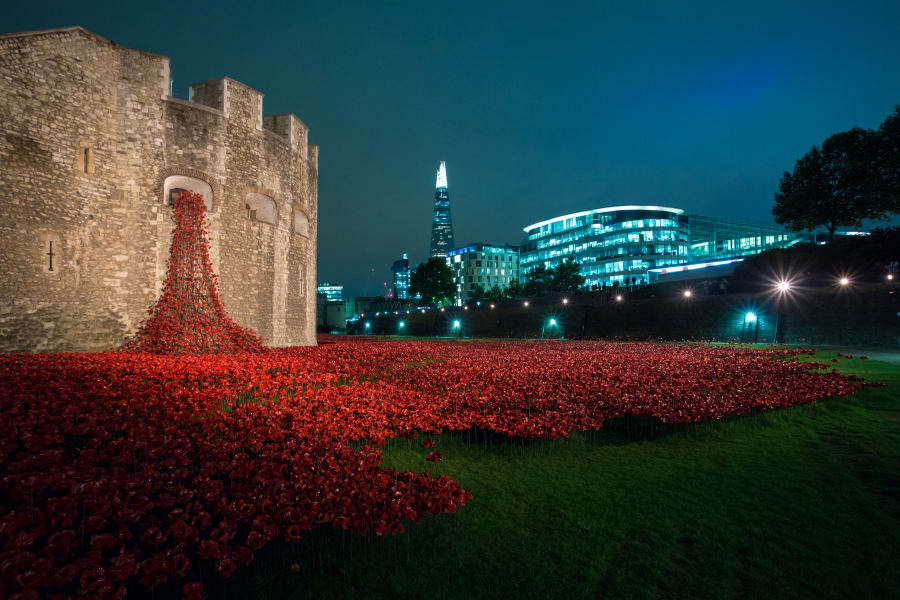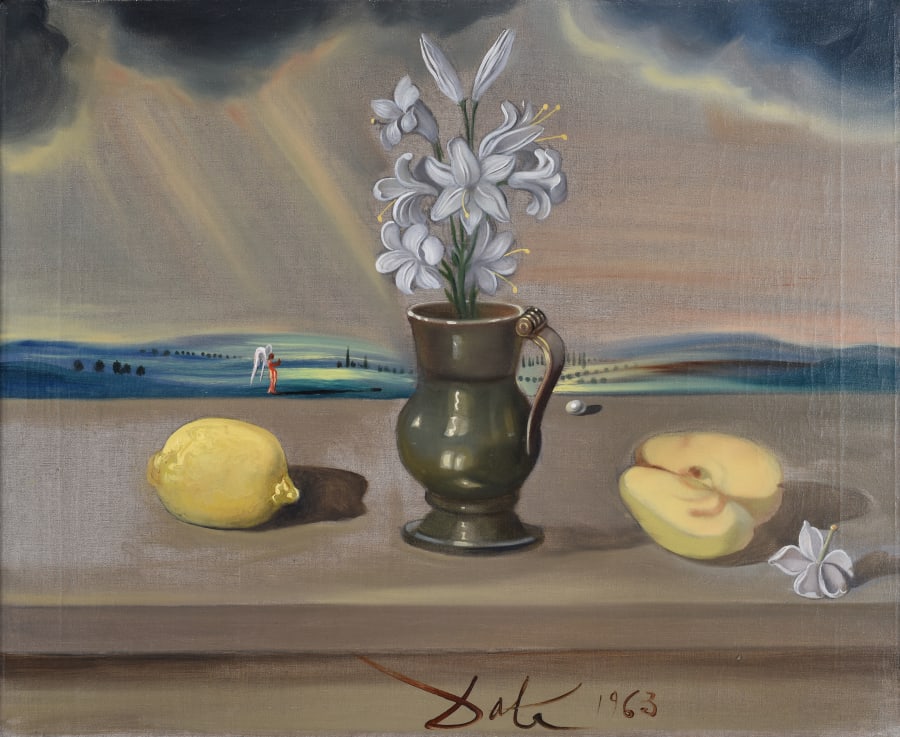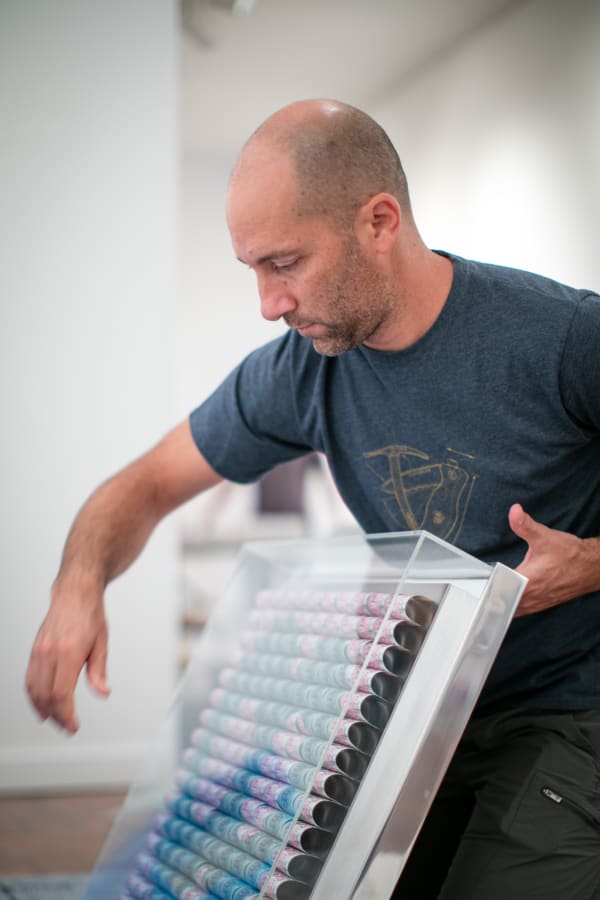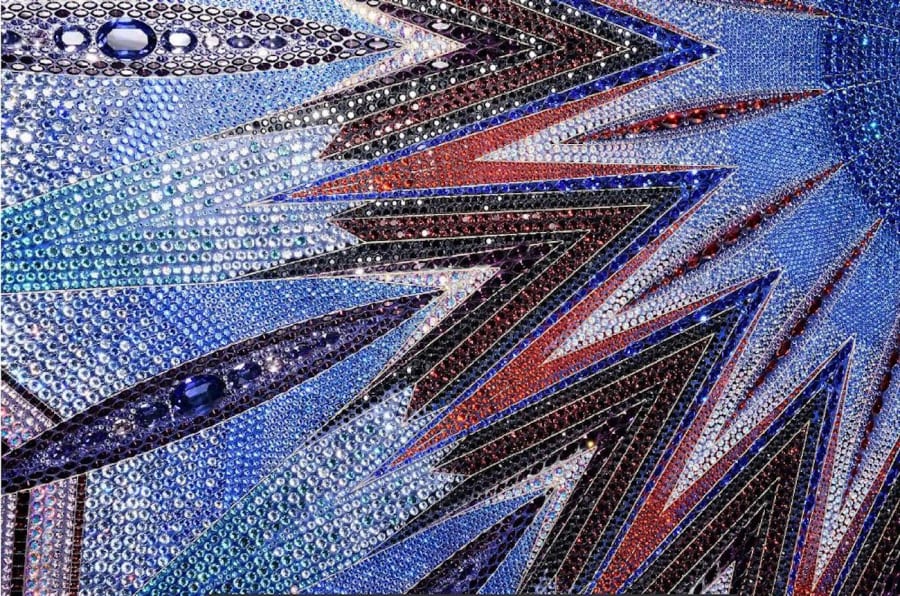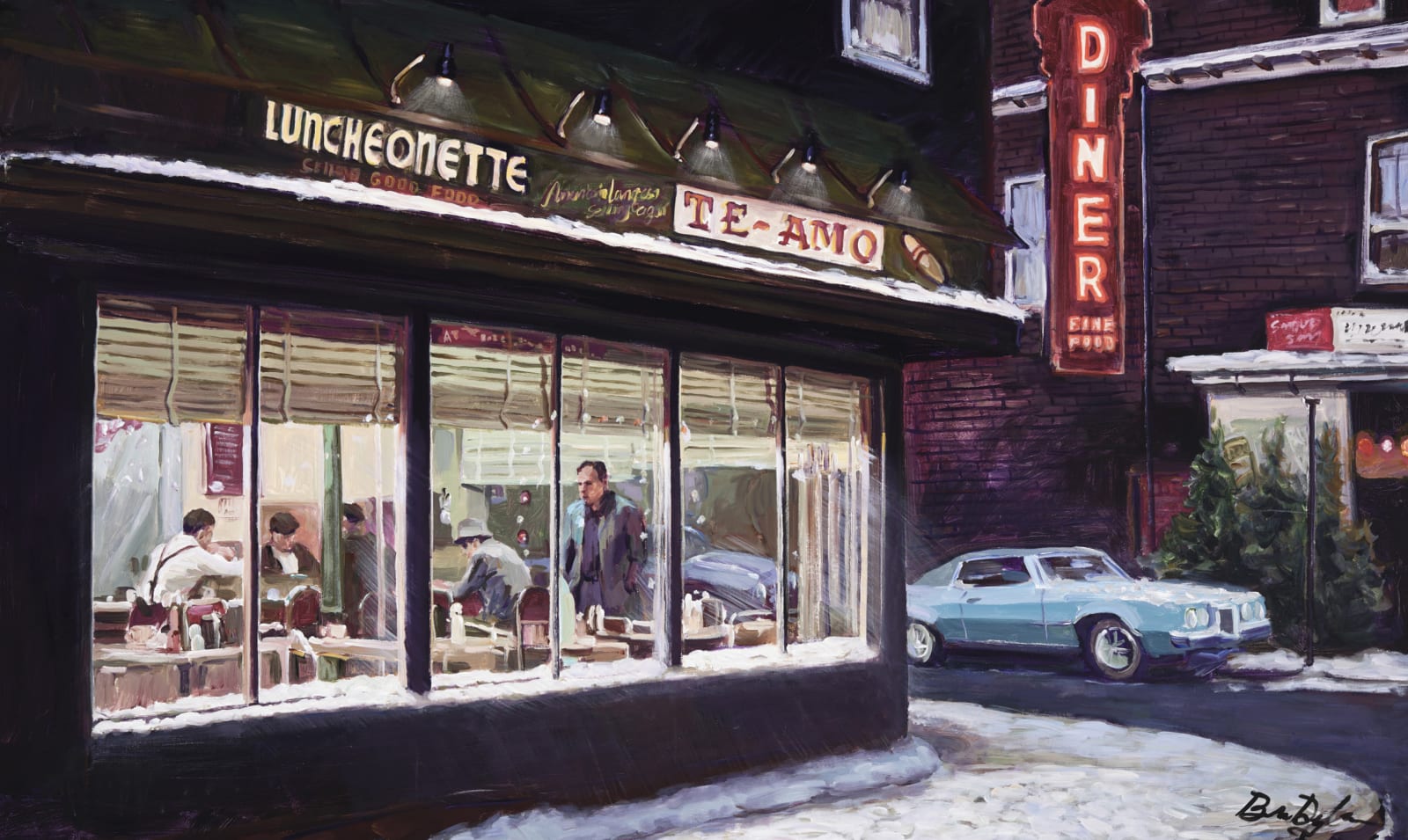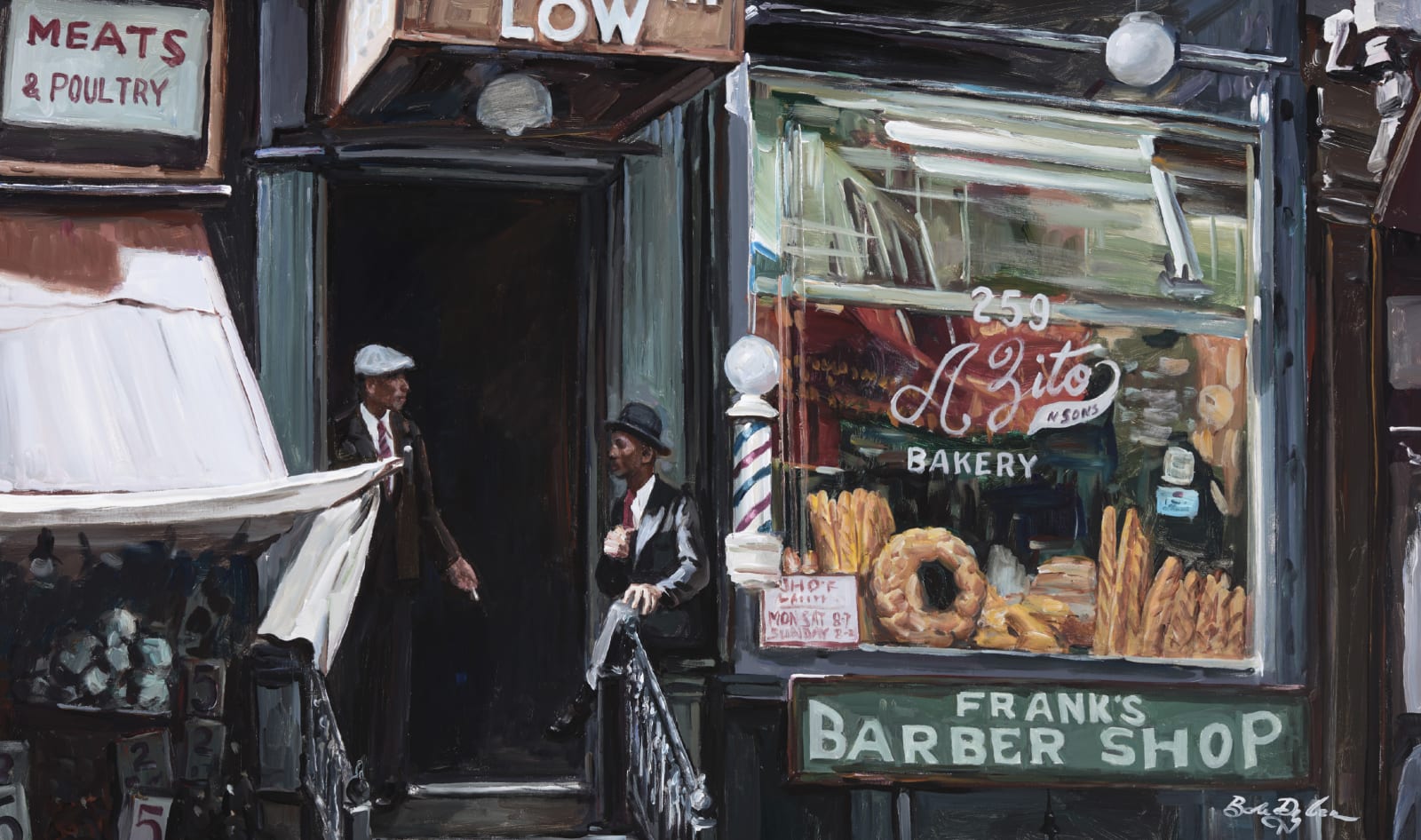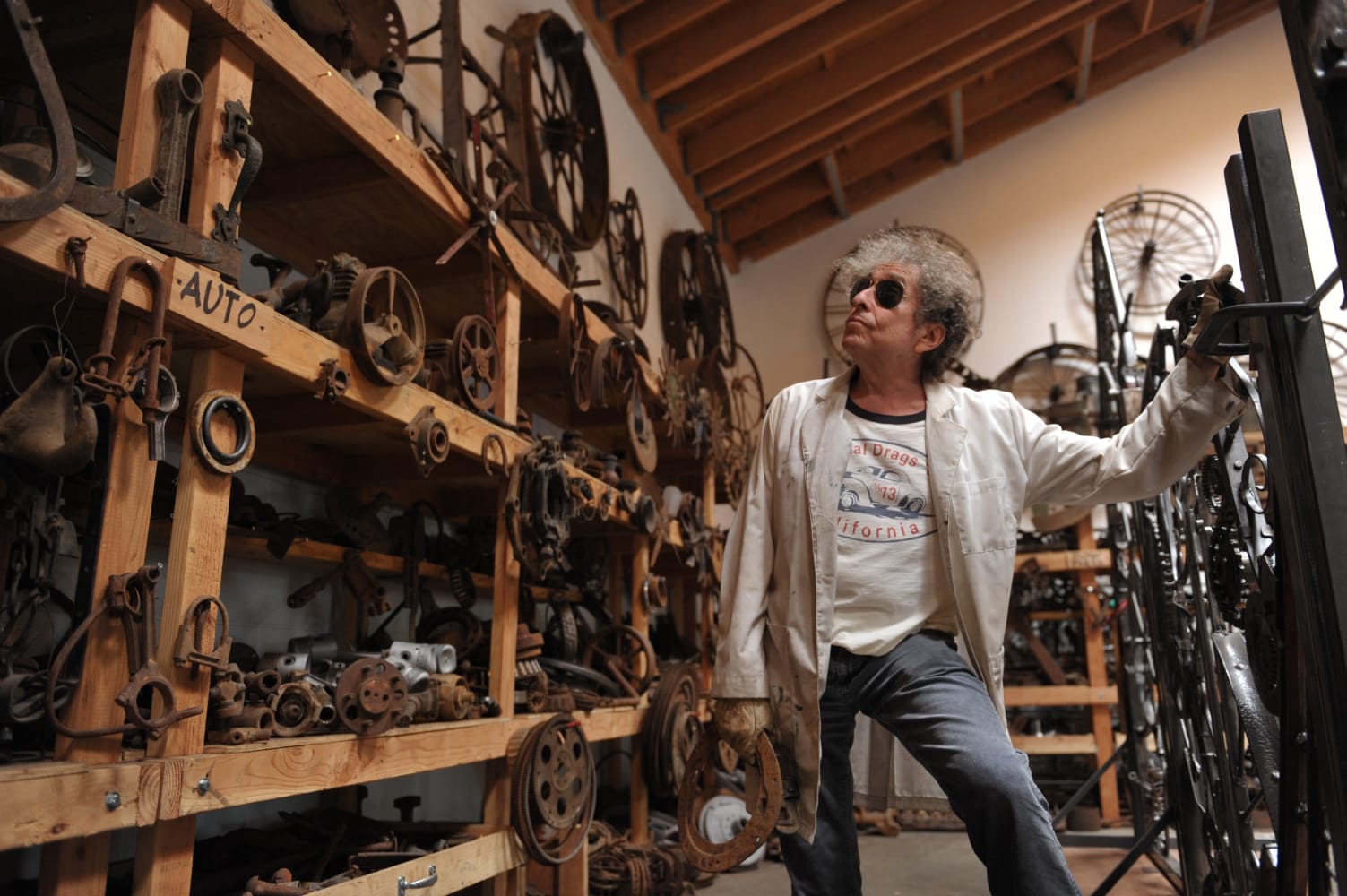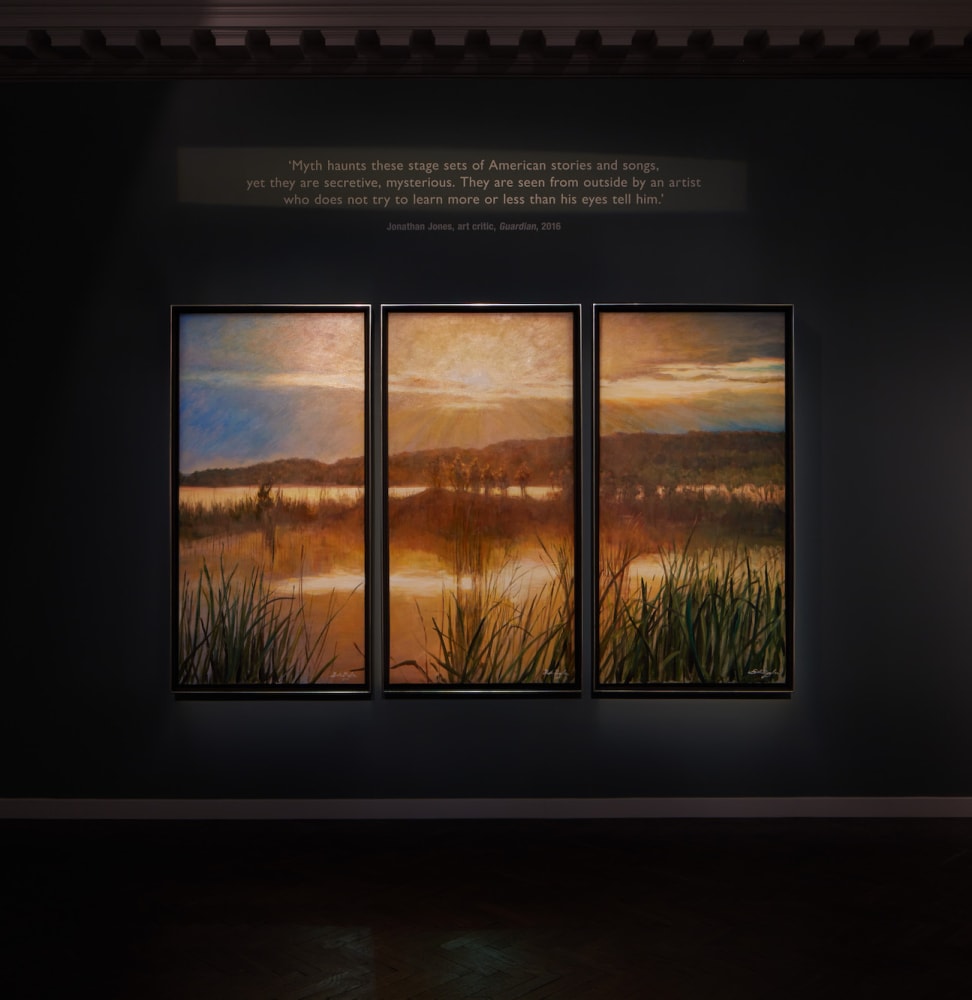

David Hockney and Photography
David Hockney, renowned for his paintings and prints, has long explored photography, a central element of his artistic practice since the 1960s.
Hockney's later works, including digital collages and photographic drawings, reflect a blend of advanced technology and manual artistry, demonstrating his commitment to exploring the complexities of perception in art. Below, read more about his work in this medium.
If you are interested in adding to your collection speak to an art consultant today - info@halcyongallery.com

This redefined interest in photography is later explored in Hockney’s investigative text: Secret Knowledge, Rediscovering the Lost Techniques of the Old Masters (2001). Hockney’s text explores the history of perspective in art while comparing his own practices with photography to those of the old masters. He posits that many master painters used tools like the camera obscura, camera lucida and mirrors to achieve a hyper-realistic painting style.
Camera obscura is a natural phenomenon whereby a beam of light is shone through a tiny hole into a dark room, resulting in an inverse projection of what can be seen beyond the hole, onto the opposite inner wall. The camera lucida is the optical device that projects and inverts this image onto the artist’s drawing surface, so that the image can be traced. Hockney argues that these images were essentially staged, using light and a deep understanding of composition, akin to his own manipulation of spatial perception. Hockney’s text expands on this, comparing his own photographic works to these ancient techniques.
In line with his spatial and perspectival pursuits, Hockney’s digital exploration follows two primary paths – photographic collages and photographic drawings. His ongoing effort to render convincing, spatially coherent perspectives is undoubtedly rooted in the old master tradition.

